Little Toller Books, in Dorset, aims to publish old and new writing on nature by the very best writers and artists, in books of the highest quality at affordable prices. This offering, neat enough to fit an overcoat pocket, ticks every box.
Its author, Tim Dee, co-editor of The Poetry of Birds, has been a BBC natural history radio producer, whose first job was in bird conservation. Born and bred in Bristol, notable for its gull population, he has been a dedicated birdwatcher from boyhood. He thus brings expertise as well as broad engagement to his subject. Accordingly, Landfill, like its principal subject, the gulls we see in Britain, ranges far and wide. It is a crafted work of literature, which draws on poems, plays, novels, films and philosophy to explore what ‘gull-life and gulling-life have done to our minds’. To that end, Dee has interviewed leading ‘gullers’, beginning with Bristol-based Peter Rock, the first person in Britain to study urban gulls.
The key point is that many gulls once unknown inland, because of human interaction, are no longer ‘seagulls’. Humans have changed the seas and them. Easy pickings from fishing and other boats began it, but technology diminished this source, and urbanisation and consumerism has driven them ashore.
A watershed moment was the 1956 Clean Air Act, which stopped waste-burning and coincided with the end of random fish-gutting. Discarded food, progressively increased by supermarkets and fast-food outlets, was taken to rubbish dumps and landfill sites. Now recycling technology has brought a further tidying up. Dumps and landfill are being transformed into ‘country parks’. Gulls have been forced into even closer contact with humans, as have scarp-searching pigeons and sparrows, and have become a nuisance. Even David Cameron, when prime minister, had his holiday sandwich snatched and called for a ‘big conversation’ on the problem. Always beautiful in adult plumage, gulls today are ‘bin chickens’, or ‘shite hawks’. Yet, as their profile increases, their non-urban numbers decline. Herring gulls are red-listed.
Having been driven from sea to land, gulls have adapted their living requirements. The two most urbanised gulls are the threateningly large herring and lesser black-backeds. Herrings naturally nest on cliffs, lesser black-backeds on sand dunes. Both have led the way as roof-nesters. Herrings prefer something cliff-like; lesser black-backeds settle for flat roofs. The latter used to migrate after breeding; now they stay. Most other birds have grown more scarce and less visible. Gulls, for all their wildness, have embraced us. There are more than100,000 breeding roof-nesters in Britain; and the change applies from Norway to Morocco.
Gulls have bred ‘gullers’ or ‘larophiles’ (Laridae being the Latin classification for gulls). Their obsessive observation, particularly of mud-spattered-looking juvenile gulls, notoriously difficult to distinguish, has driven science, with taxonomists and geneticists forced to acknowledge new split species, sub-species, races and hybrids. Even herrings and lesser black-backeds sometimes interbreed. To see such a rarity, whether locally born or storm-borne from abroad, is to make history for a guller.
This enthralling book has a running theme on dust and dustology that is hard sometimes to fathom; and wanders off- piste to do justice to its bibliography, from Deuteronomy to Foucault, happy second marriage to nightjars in Madagascar. Arthur Quiller-Couch advised his literary undergraduates to forego fine writing or, in his words, ‘to murder their angels’. Dee has a weakness for angels, some of which could have done with murdering; nonetheless, thanks to him, non-birders will not look at gulls or gullers the same way again.
Got something to add? Join the discussion and comment below.
Get 10 issues for just $10
Subscribe to The Spectator Australia today for the next 10 magazine issues, plus full online access, for just $10.
You might disagree with half of it, but you’ll enjoy reading all of it. Try your first month for free, then just $2 a week for the remainder of your first year.

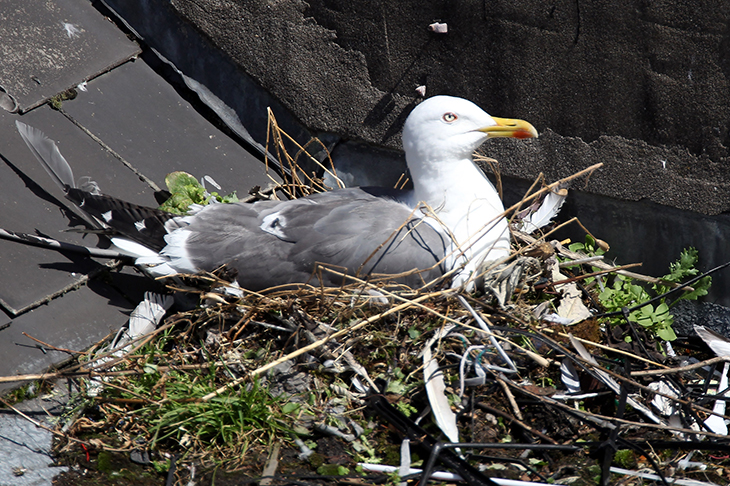
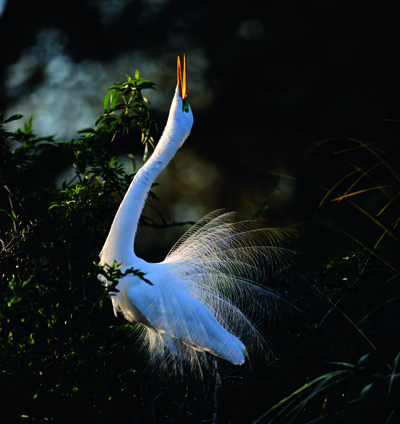
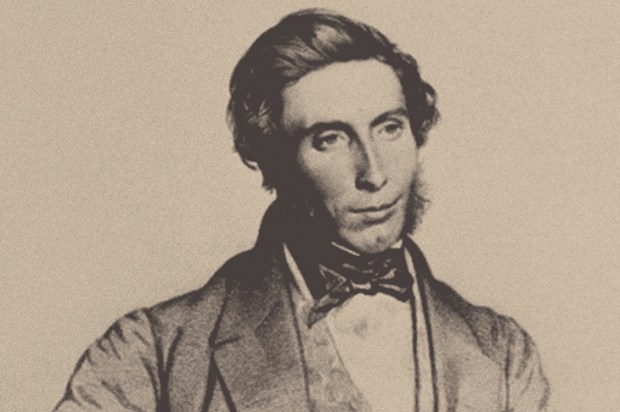
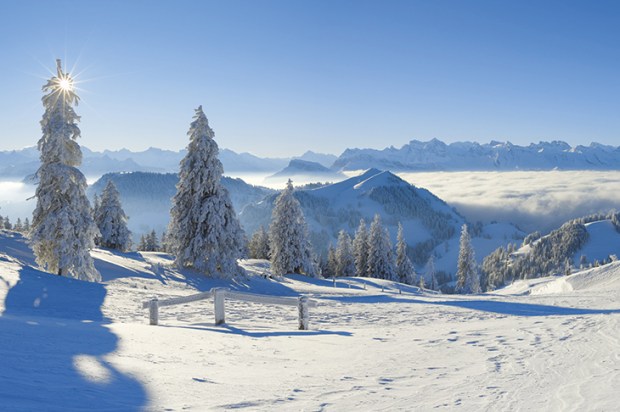
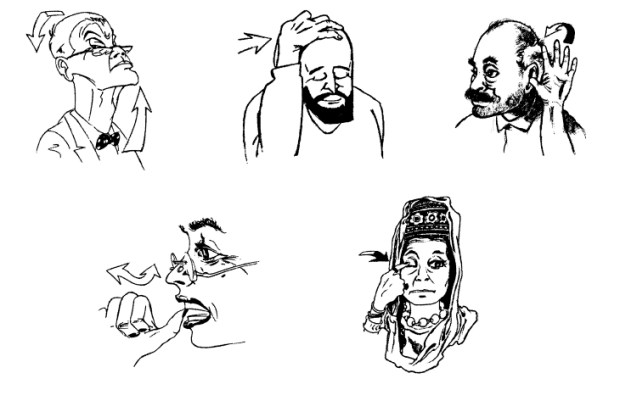








Comments
Don't miss out
Join the conversation with other Spectator Australia readers. Subscribe to leave a comment.
SUBSCRIBEAlready a subscriber? Log in